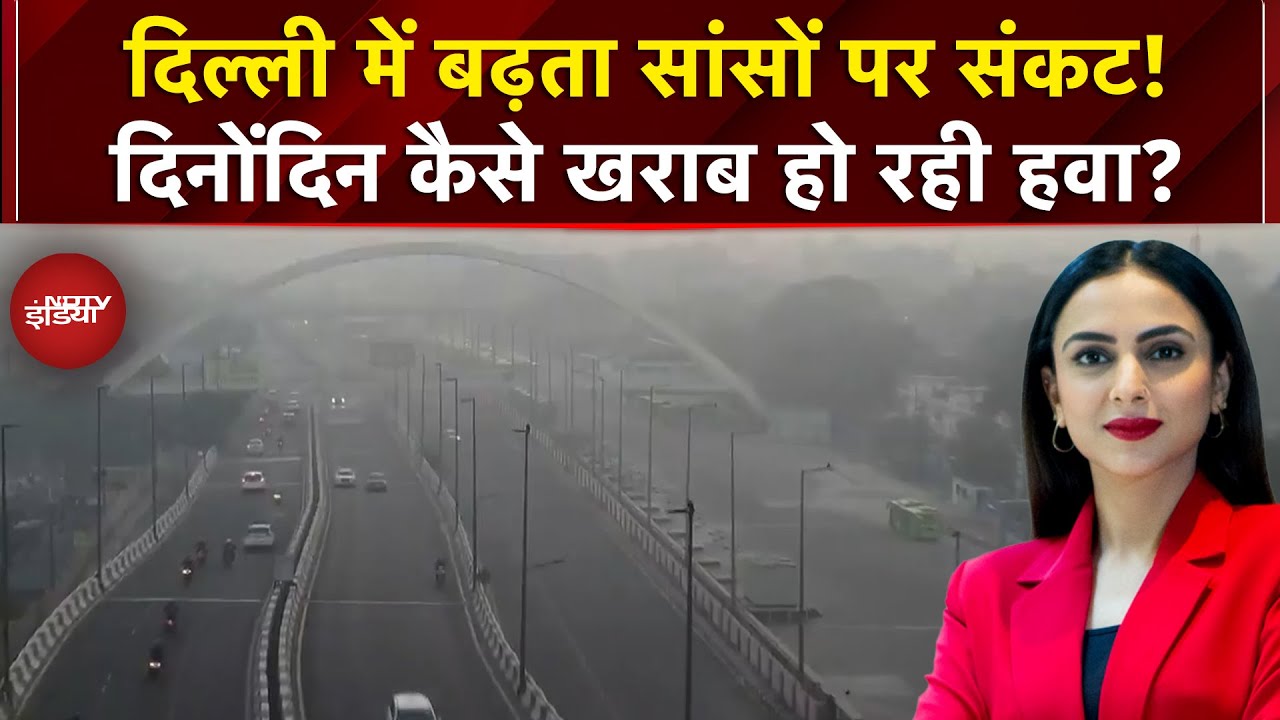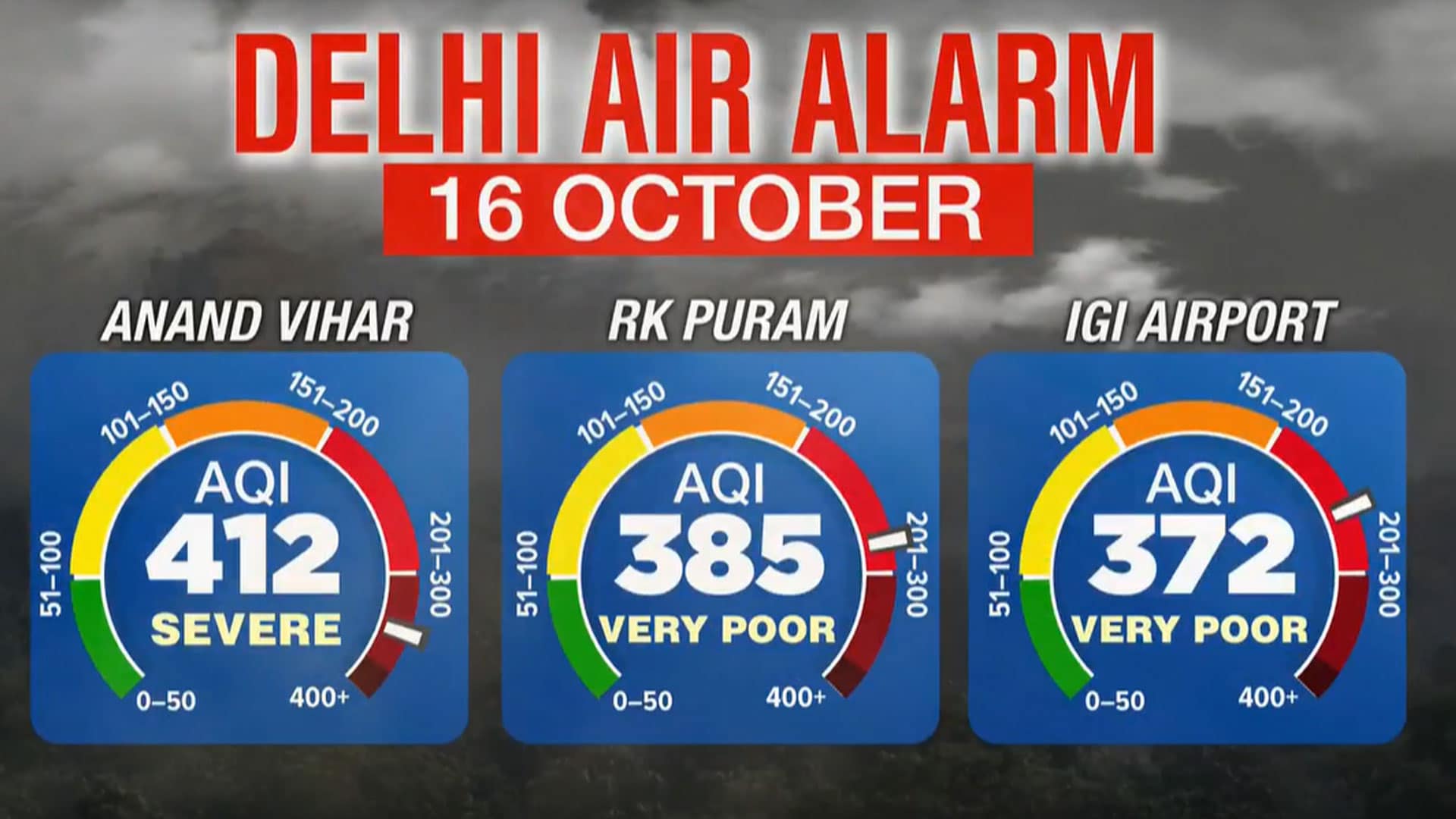- Home/
- 10 Effective Tips To Protect Yourself From Deadly Pollution
10 Effective Tips To Protect Yourself From Deadly Pollution

Air pollution is a growing health concern worldwide, contributing to respiratory issues, cardiovascular diseases, and even premature death. With urbanisation and industrial activities at an all-time high, protecting oneself from harmful pollutants has become essential for maintaining good health. While large-scale interventions are necessary, individuals can take specific measures to mitigate the impact of pollution on their daily lives. These measures, backed by medical research, can significantly reduce exposure to harmful air pollutants and improve overall well-being. Here are 10 practical ways to protect yourself from deadly pollution and its adverse health effects.
Why protecting yourself from pollution is crucial
Pollution not only degrades the environment but also poses severe risks to human health. Fine particulate matter (PM2.5) and toxic gases like nitrogen dioxide and carbon monoxide penetrate deep into the lungs, causing inflammation and long-term damage. Chronic exposure increases the risk of diseases such as asthma, lung cancer, and heart conditions. By adopting protective measures, individuals can reduce their exposure and support their long-term health.
10 tips to protect yourself from deadly pollution
1. Wear a high-quality mask
Masks with filtration efficiency, such as N95 face mask or KN95 face mask, can block fine particles and prevent pollutants from entering the respiratory system. They are especially useful during high-pollution days or in urban areas with heavy vehicular traffic.
2. Monitor air quality regularly
Keep track of the Air Quality Index (AQI) through reliable apps or websites. Avoid outdoor activities during high pollution levels, particularly for sensitive groups like children, the elderly, and those with pre-existing health conditions.
3. Use air purifiers indoors
Invest in a good air purifier to remove indoor pollutants, including dust, allergens, and chemical fumes. Look for purifiers with HEPA filters, which are effective in capturing ultrafine particles.
4. Stay hydrated
Drinking plenty of water helps flush out toxins and pollutants that may have entered the body. Proper hydration also supports healthy lung function and mucus production, which can trap and expel airborne irritants.
5. Ventilate your home smartly
Open windows during times when air pollution levels are lowest, such as early morning or after rainfall. Avoid ventilating during peak traffic hours to minimise indoor exposure to outdoor pollutants.
6. Incorporate antioxidant-rich foods into your diet
Foods like berries, green tea, spinach, and nuts are rich in antioxidants, which can combat oxidative stress caused by pollution. These nutrients help protect cells and reduce inflammation in the body.
7. Plant indoor air-purifying plants
Plants like snake plants, peace lilies, and areca palms can improve indoor air quality by absorbing pollutants and releasing oxygen. While they are not a replacement for air purifiers, they can complement other measures.
8. Avoid smoking and passive smoke exposure
Tobacco smoke worsens air quality and increases the inhalation of harmful chemicals. Quitting smoking and avoiding second-hand smoke can significantly reduce lung damage caused by pollution.
9. Exercise in cleaner environments
Physical activity is crucial, but exercising outdoors during high pollution levels can be harmful. Opt for indoor workouts or exercise in green spaces away from traffic and industrial zones.
10. Support sustainable practices
Reducing personal contributions to pollution, such as carpooling, using public transport, or adopting renewable energy solutions, helps improve air quality for everyone. Small, collective actions can lead to significant changes over time.
Pollution is an inevitable reality of modern life, but its effects on health can be minimised through informed and proactive measures. By adopting these strategies, individuals can significantly reduce their exposure to harmful pollutants while also promoting healthier communities. The path to a cleaner future starts with each person taking small but meaningful steps to protect themselves and the environment. Together, these efforts can create a healthier world for current and future generations.
Disclaimer: This content including advice provides generic information only. It is in no way a substitute for a qualified medical opinion. Always consult a specialist or your own doctor for more information. NDTV does not claim responsibility for this information.
Latest Stories
- Press Trust of India | Saturday October 18, 2025 , New Delhi
Delhi's air quality continued to deteriorate on Saturday, remaining in the "poor" category for the fifth consecutive day, with nine monitoring stations falling in the red zone of the "very poor" category as pollution levels spiked ahead of Diwali.
- Asian News International | Saturday October 18, 2025 , New Delhi
The Air Quality Index (AQI) around Akshardham was recorded at 230, in the 'Poor' category, in Delhi this morning as per the Central Pollution Control Board (CPCB).
- Press Trust of India | Friday October 17, 2025 , New Delhi
Delhi's air quality remained in the 'poor' category for the fourth consecutive day on Friday as the city continued to reel under rising pollution levels in the run-up to Diwali.
- Written by Shreya Goswami | Saturday October 18, 2025
As pollution levels rise across Indian cities, understanding what Air Quality Index (AQI) numbers mean is key to protecting your health.
- Reported by Ishika Verma | Friday October 17, 2025 , New Delhi
Delhi's winter anti-pollution plan for 2025-26 is now active, with authorities stepping up measures across dust control, vehicles, construction, industry, waste, and stubble burning as the city braces for seasonal pollution.
................................ Advertisement ................................
Latest Videos
Opinion
Opinion | Why Indians Have Just Given Up On Air Pollution CrisisTanushree Ganguly
Friday December 20, 2024While some may argue that people in Delhi are now more aware of air pollution than they were a decade back, my rebuttal would be that awareness does not mean that people are concerned.
Opinion | You Must Outrage Over Filthy Air More Than Once A YearJyoti Pande Lavakare
Tuesday December 10, 2024Delhi welcomed us with monsoon rains and mangos. We were home. Fast forward a couple of years, in the winter of 2012, I found myself in denial about something other parents, mostly expats, were calling toxic air.
Opinion | Delhi's Air Pollution Situation Is Like A Bad MarriageNishtha Gautam
Friday November 22, 2024On a good day, such as today, the AQI reading in Delhi is 407. We are jubilant at the sickly sunshine trickling through the slightly dissipated smog. At least its not 1600.
दिवाली... पराली... सियासी जुगाली!Ashwini kumar
Monday November 18, 2024दिल्ली-एनसीआर में प्रदूषण का समाधान तो आज तक मिला नहीं. हर साल चिंतित होकर हम-आप सांसों की तकलीफ के साथ-साथ दिल और ब्लड प्रेशर के मरीज भी क्यों बनें?
घर में कैद बुजुर्ग और हांफते लोग, दिल्ली की सांसों में घुला ये कैसा रोग?Nidhi Kulpati
Friday November 08, 2024हमारी हवा जहरीली हो रही है. गुरुवार की शाम को जब मैं इस मुद्दे पर लिखने बैठी तो AQI लगातार 400 पार जाकर दम घोंट रहा था. बहुत लोगों को यह मामला बोरिंग लगे, लेकिन जब आप अपने साथ काम करने वालों को खांसते-हांफते देखते-सुनते हैं, तो चिंता होने लगती है. सुबह उठते ही दरवाजे खिड़कियां खोलने के लिए डॉक्टर मना कर रहे हैं. बड़े बुजुर्गों के लिए तो मॉर्निंग वॉक बाहर की दुनिया से सीधे संपर्क का ज़रिया है, लेकिन डॉक्टर इसकी भी मनाही कर रहे हैं.
















